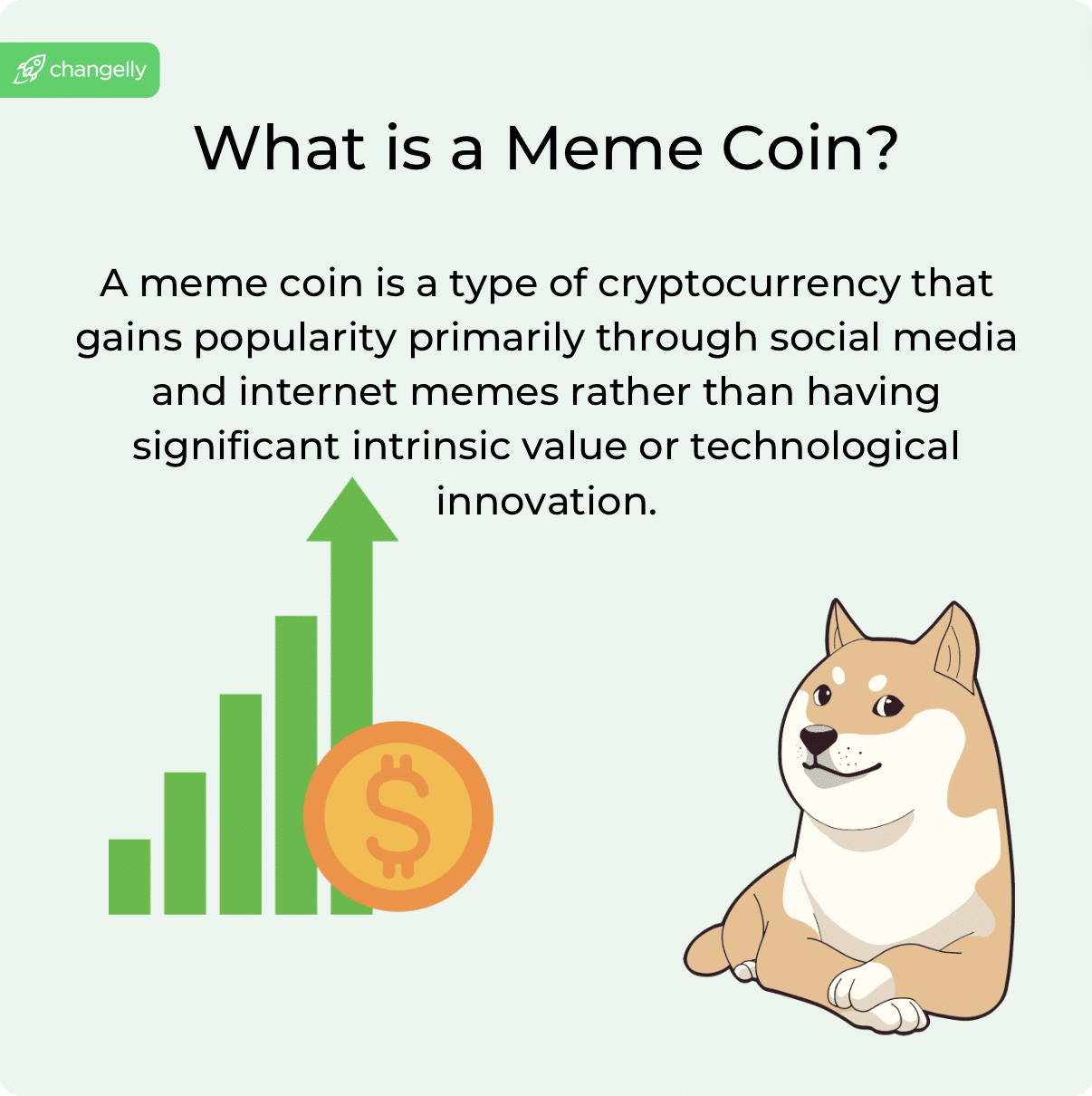Index Surge: Amplifying Your Insights
Stay updated with the latest trends and news across various industries.
When Meme Coins Go Wild: A Rollercoaster Ride of Internet Fun
Dive into the wild world of meme coins! Explore the ups and downs of these internet sensations and join the rollercoaster ride of fun!
Exploring the Rise of Meme Coins: Why Did They Take Off?
The rise of meme coins can be attributed to a combination of social media influence, community engagement, and the broader appeal of cryptocurrency. Initially popularized by coins like Dogecoin and Shiba Inu, these digital assets gained traction through virality on platforms like Twitter and Reddit. The playful nature of these coins often contrasts with the serious tone of traditional cryptocurrencies, making them more accessible and appealing to a broader audience. As more investors and enthusiasts joined the fray, a sense of community and belonging formed around these meme coins, propelling their popularity even further.
Another factor contributing to the surge of meme coins is the impact of celebrity endorsements and viral moments that captured public attention. High-profile endorsements from figures such as Elon Musk significantly boosted the visibility and credibility of these coins, leading to dramatic price increases and attracting a flood of new investors. Additionally, the speculative nature of the crypto market encourages both seasoned traders and newcomers to explore meme coins as potential short-term investments. The combination of humor, community, and celebrity influence has created an intriguing blend that continues to drive the meme coin phenomenon.

The Psychology Behind Meme Coins: Why Do We Love Them?
The rise of meme coins in the cryptocurrency market is not merely a trend but a fascinating psychological phenomenon that taps into our collective emotions and social behaviors. At their core, meme coins like Dogecoin and Shiba Inu serve as more than just digital assets; they represent a cultural movement that encourages community participation and collective identity. The playful nature of these coins, often rooted in humor and internet culture, resonates with users who find joy in the absurdity of investing in something that initially seems trivial. This connection fosters a sense of belonging among investors, creating vibrant online communities that drive hype and, ultimately, market volatility.
Additionally, the psychology of FOMO (fear of missing out) plays a significant role in the allure of meme coins. As their popularity surges, new investors often experience an overwhelming desire to jump on the bandwagon, spurred by stories of huge gains and social media buzz. This behavior is compounded by the gamification of investing, where the thrill of rapid price movements and the potential for high returns create an addictive loop. Furthermore, the meme culture itself serves as a form of entertainment, making investments feel less serious and more like a fun game—an opportunity to be part of something larger than oneself while potentially achieving financial gain.
Meme Coins vs. Traditional Cryptocurrencies: What’s the Difference?
Meme coins and traditional cryptocurrencies represent two distinct categories within the digital currency landscape. While traditional cryptocurrencies like Bitcoin and Ethereum are primarily designed for financial transactions and to provide decentralized network solutions, meme coins often emerge from internet culture and social media trends. They are typically created to capitalize on virality and humor rather than to fulfill a technical barrier or provide utility. For example, Dogecoin, one of the most popular meme coins, was initially created as a joke, but it gained immense popularity and a dedicated community, leading to speculative trading and market excitement.
On the other hand, traditional cryptocurrencies are built on robust blockchain technology and often aim to solve specific problems. They tend to have well-defined use cases, such as smart contracts, decentralized finance (DeFi), or serving as a secure method for exchanging value. In contrast, the value of meme coins is often driven primarily by community engagement, social media trends, and speculative investments rather than intrinsic technological value or a solid use case, making them significantly more volatile and unpredictable in the long term.